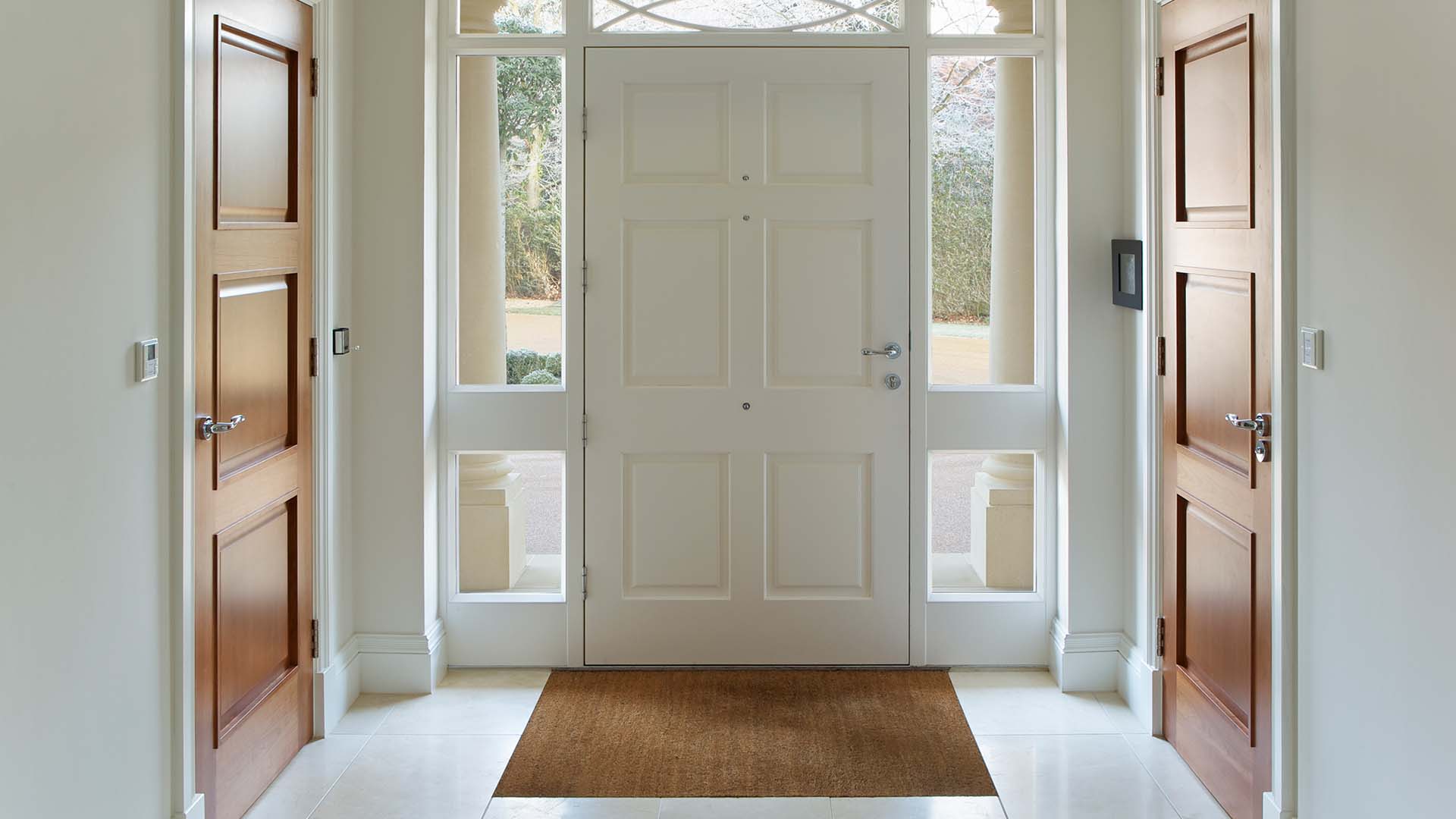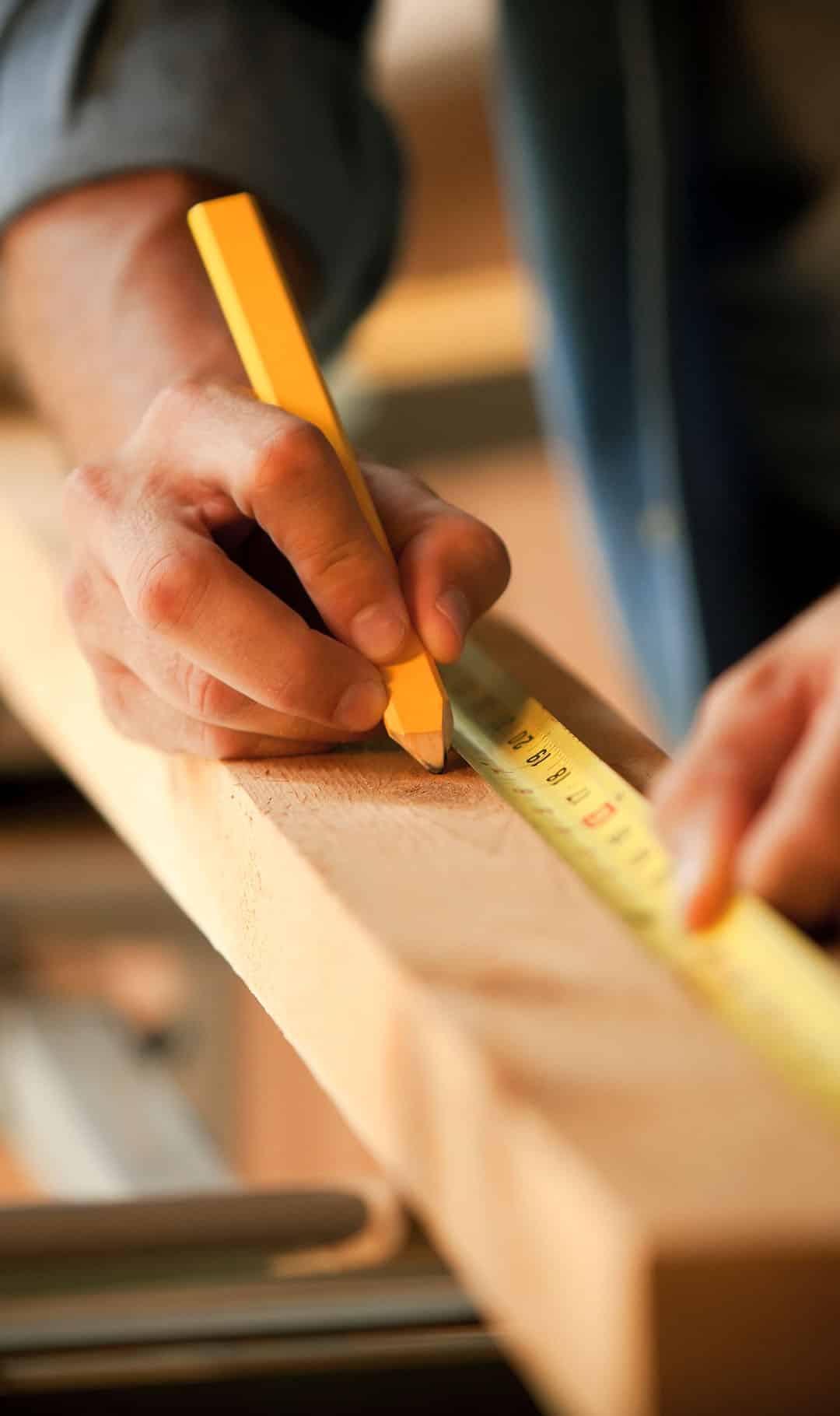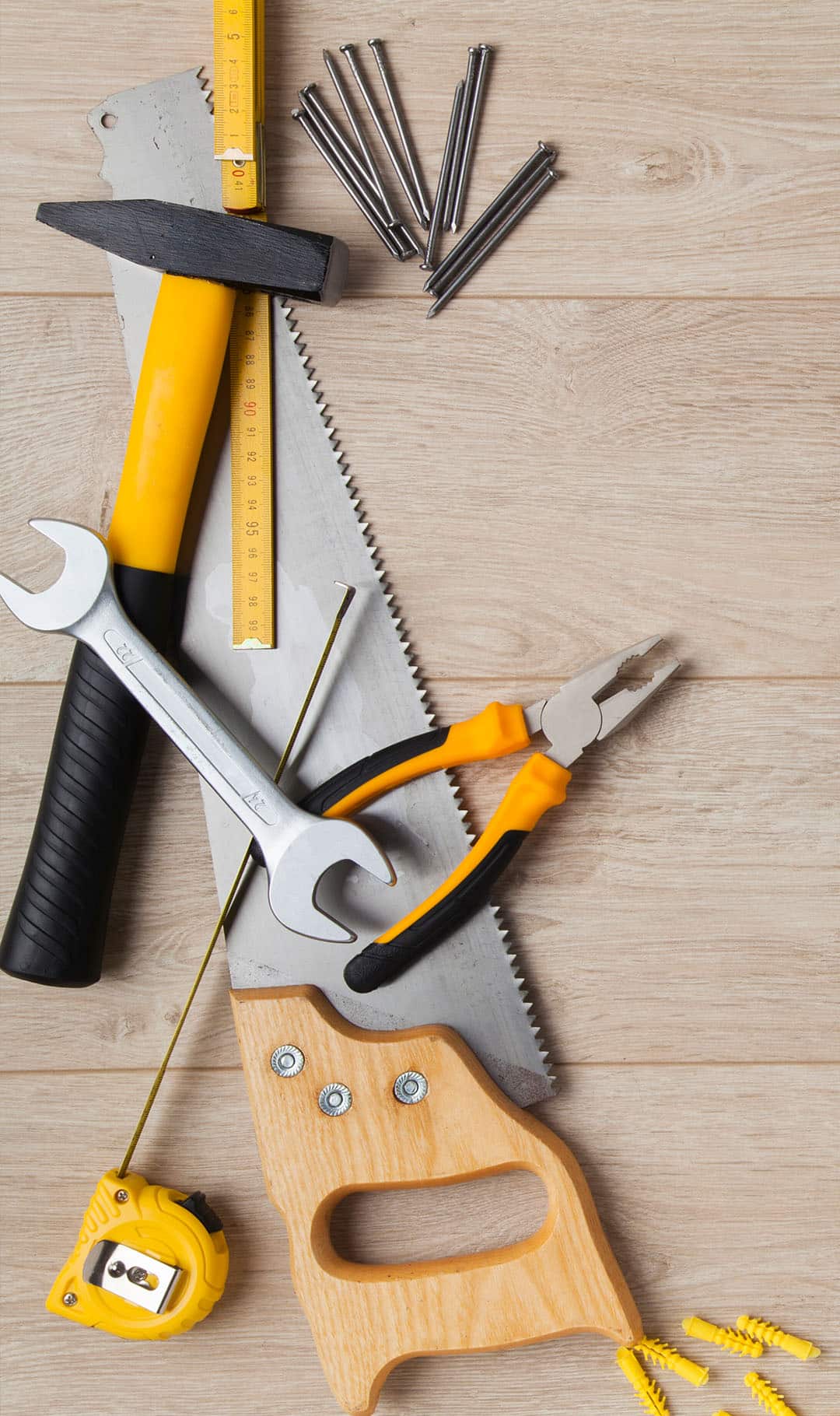- (785) 979-3636
- Mon - Fri | 9AM - 5PM

Acumen Renovations is a full-service residential home improvement company that specializes in exterior renovation. We offer a wide range of services, including door installation, door repair, and door replacement. We serve the entire Kansas City metropolitan area including Johnson and Douglas counties. Our team is committed to providing our customers with the highest quality products and services at competitive prices.


When you choose Acumen Renovations for your door installation or repair needs, you can be confident that you are getting the best possible service. We are a full-service door company in Kansas City that offers a wide range of doors and services. We can help you choose the right door for your needs and install it quickly and professionally.
What to expect from our team:
Excellent workmanship every time.
By addressing concerns transparently and staying in touch, we build trust, alleviate uncertainties, and our customers experience a smooth and seamless home improvement process.
30 years of experience installing doors of all kinds and residential exterior renovations in Kansas City.
Our company stays updated with compliance requirements, letting us deliver products that help us build code-compliant structures. We use and are more than happy to share our knowledge with you!
There is a saying, “Do you want to buy your first door or your last door?” meaning the construction and installation of your door does matter.
The first step is determining what type of door fits your needs:
When choosing a steel door, look for a door with a lower gauge number, which means thicker metal. Thicker metal doors are more energy efficient because they can be foam-filled, which reduces thermal bridging. Doors at your local box store are typically 26-28 gauge, so look for a door that is at least 24 gauge for better energy efficiency.
When considering fiberglass doors, which have become more popular in recent years, it’s not as easy to tell what’s good and what’s not so good. This is why we have partnered with certain manufacturers who have been around for a long time and stand behind what they produce. It is because fiberglass doors are designed with durability and efficiency in mind that the upfront cost could be worth the investment.
Wooden doors are a beautiful and classic choice for any home, but it's important to be aware of their unique needs. In hot and humid climates, wooden doors can swell, so it's important to choose a door made from a durable wood species and to seal it properly. With regular maintenance, a wooden door can last for many years.
Here are some tips for choosing and maintaining a wooden door:
Vinyl doors are typically used for patios. Vinyl doors offer high energy efficiency and are an economical choice. However, not all vinyl doors are made equal. A good vinyl door will be enhanced with some type of metal, such as aluminum or stainless steel, to reinforce the frame from deflection. Fusion-welded frames are also a sign that the product is going to be of better quality.
Don’t forget the hinges! Regardless of which door you choose, this is another critical element you need to consider. High-quality hinges are essential for a smooth and durable door operation. Choose ball-bearing hinges, or even better, adjustable ball-bearing hinges, for a door that will last for years

Are you ready to wow your guests with a new door? Acumen Renovations is ready to help. We leverage our extensive experience and resources to help make the exterior of your home what you always wanted. Contact us today, and let’s start planning!
It depends on the door. If the door is a common door without a lot of upgrades, it can be a quick process. Generally, less than a week. If it’s a highly customized door, it could take up to two months.
Yes, you can reuse an existing lock set, but they don’t always match up and may require the door or jamb to be mortised out. Mortise is a slot or a recess, usually rectangular, cut into a piece of wood.